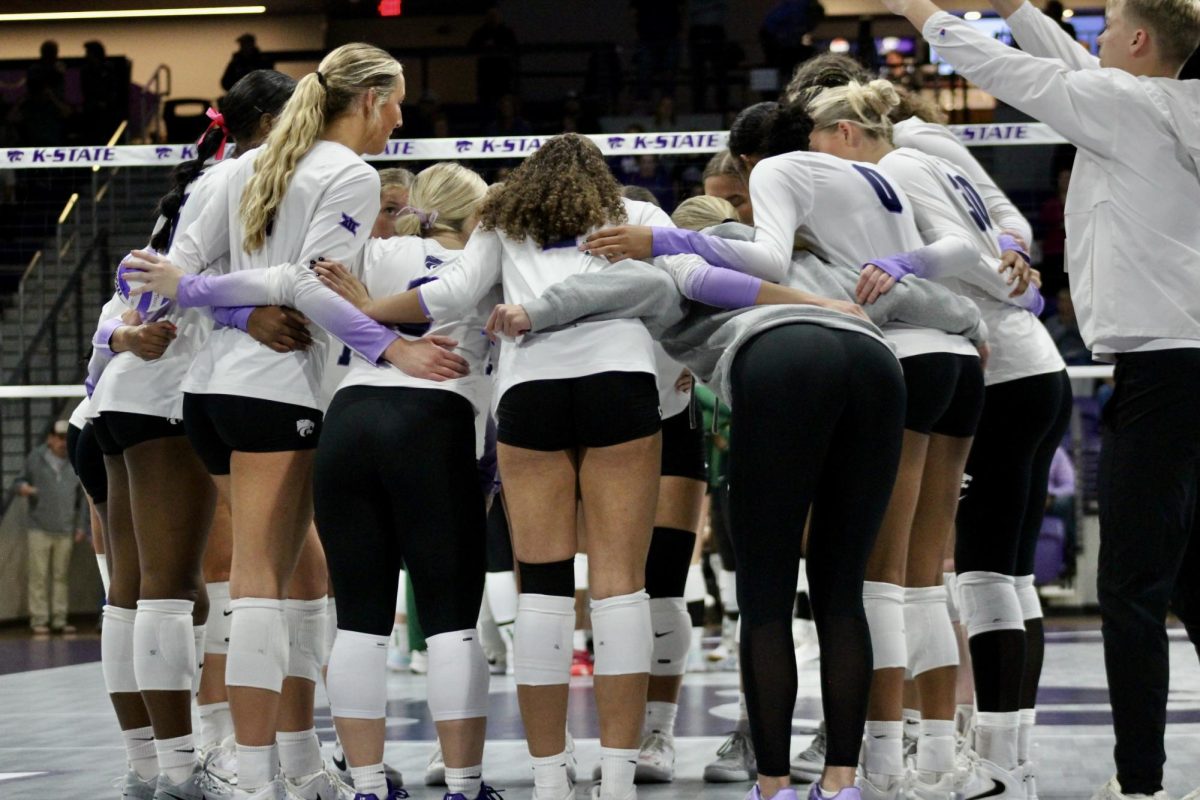Since the beginning of the COVID-19 pandemic in 2020, thousands of couples throughout the world have split up. Some did that due to the long-term issues in relationships, others decided to call it quits all of sudden, but anyway: the divorce rate during the pandemic increased tremendously compared to that of preceding years. In this post, we’ll try to find out why it is happening, what the reasons for break-ups are, and what it’s going to be like in 2022.
Have divorce rates increased since the pandemic began and how much?
COVID-19 hit the globe in February 2020, and since that time a lot of social constructs have changed: the way we work, communicate, meet close ones, and even the way we split up. Despite being close to each other during quarantine, couples tended to long for break-up more than ever before: a marriage dissolution lawyer from New York, Lisa Older, noted that she started to get three-four requests for her help from couples daily since the COVID-19 pandemic began while before it she had much fewer inquiries for divorce advice.
The other example is the stats of the Stewarts law firm in Great Britain that reported 122% growth in requests for their services in the third quarter of 2020, which means the divorce rates among British people also increased. The trend is the same for the whole of Europe, the Americas, and other regions of the world where strict quarantine rules were implemented, but what are the other reasons for such a widespread divorce tide?
Why are divorce rates increasing?
Surely, every couple has their own reasons for deciding to divorce but all of them have something in common: men and women stopped to understand each other in the circumstances of substantial pandemic restrictions’ pressure. The following factors contributed much to that:
- remote work. Many households appeared to be not ready for all family members to work remotely at the same time: people lacked space and privacy to concentrate on their jobs;
- the need to take care of kids. It has been especially tough for families with a few kids of different ages who were forced to stay home during quarantine: parents should be working at the same time as their kids who needed to study online or ask for the parents’ attention;
- a different vision of COVID-19. A lot of conflicts arose in families where members had their own perceptions of the pandemic, its restrictions, and the danger of the disease. Couples started arguing over the need to mask their kids, the requirement to get vaccinated, etc.;
- old unresolved issues. The majority of couples who split up during the pandemic noted that the problems in their relationships became visible after they were forced to spend so much time staying home. Earlier, when partners went to work in the morning and came back at night, they had fewer reasons to fight and express their negativity to each other;
- a financial struggle at the time of social isolation. The financial situation of many couples around the globe was affected by the crisis caused by COVID-19: a lot of people closed their businesses, got fired due to quarantine, or because of the denial to follow the vaccine mandate. Thus, the worsening financial situation combined with the need to stay at home for months caused people to fight more with their spouses and choose to divorce as their last resort. For example, requests for the cost of divorce lawyer in California have become noticeably more frequent.
What will happen next?
The question of how we are going to get along with each other in 2022 during the Omicron wave interests scientists and sociologists from all over the world today. Will it cause even more break-ups? Will we see a decrease in divorces this year? Most likely, the second option will take place. Since the Omicron is far more contagious but far less deadly, we will likely find the strength to fight the disease and grow stronger out of it. Also, the levels of vaccination among countries all over the world give us hope for the easing of the restrictions, so we will be able to socialize, work, date, and have fun as we used to before COVID-19. As a result of canceling all pandemic rules, couples will get a chance to live more active lives and have fewer reasons for dissolving their marriages.











































































































